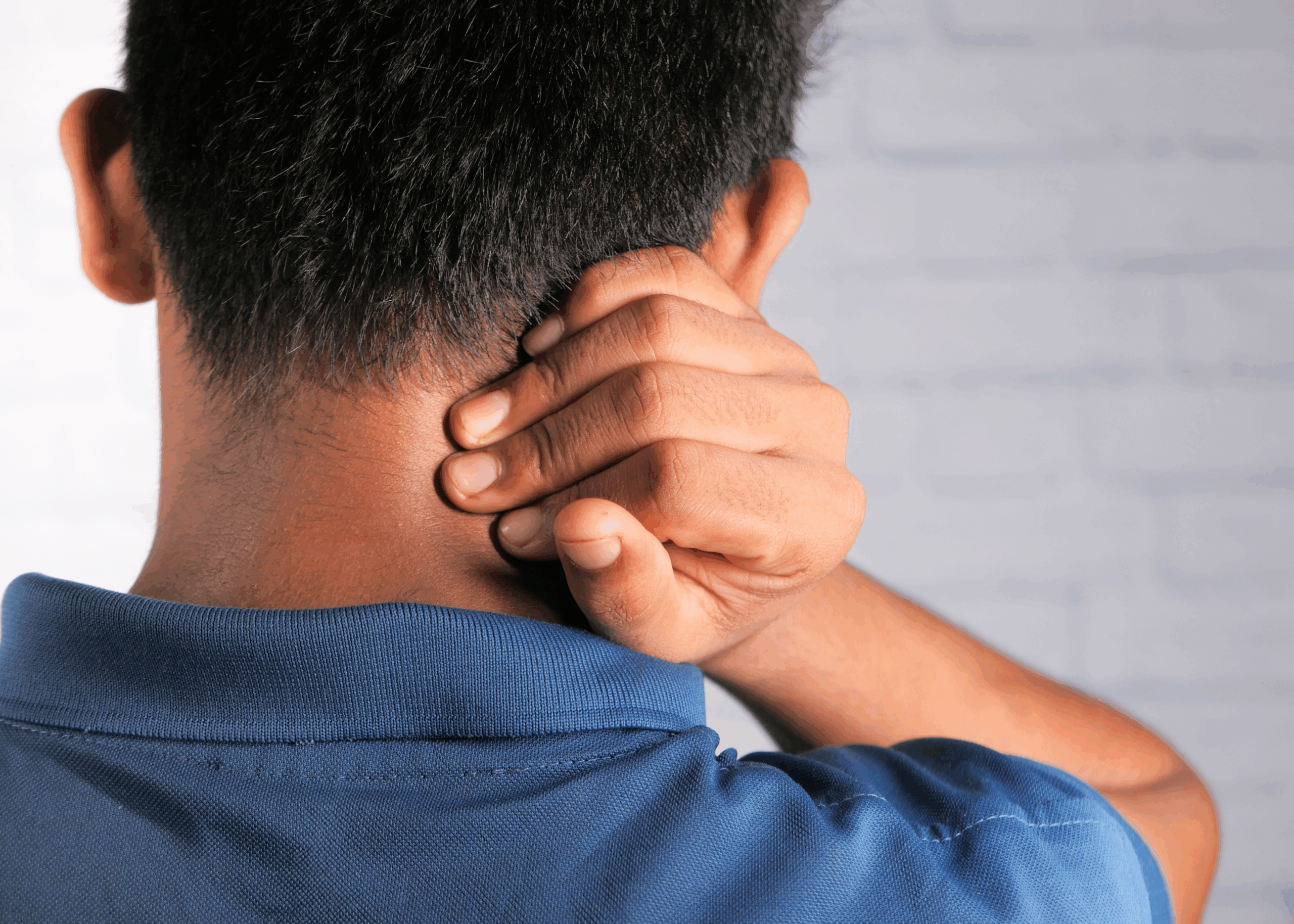Is Your Modern-Day Lifestyle Contributing to Your Chronic Pain?
According to Dr. Casey Means, MD, author of the #1 New York Times Bestseller Good Energy, it certainly could be—and in many cases, it’s the root cause of chronic pain, inflammation, and disease. In her book, Dr. Means details the various environmental and lifestyle factors that contribute to chronic inflammation, many of which are linked to our fast-paced, modern lives.
The following blog post aims to shed light on just a few of these key contributors.
Chronic over-nutrition can contribute to chronic pain.
Over-nutrition refers to consuming more calories than the body needs. When this occurs over an extended period of time, it becomes a chronic issue. Just like there is an optimal amount of water our bodies need each day, there is also an optimal number of calories. Sometimes we consume too few, but more commonly, we consume too many—especially in American culture, where excessive caloric and carbohydrate intake is the norm due to the lifestyles we lead.
Consuming too much of these macronutrients can lead to excess adipose tissue and visceral fat, as the body cannot process the intake quickly enough. As a result, the excess is stored under our skin and, in more severe cases, around our organs.
Dr. Means explains that a key reason for this overconsumption is the easy accessibility of ultra-processed, industrially manufactured foods. These foods, designed to be quick and shelf-stable, are often packed with additives, processed sugars, and lack essential macro and micronutrients—ultimately impairing our body’s natural regulatory and processing systems.
It’s important to consider both the quantity and quality of the food you consume. If you’re regularly eating large amounts of poor-quality, processed food, it’s likely contributing to inflammation in your body, which may increase your chronic pain.
A sedentary lifestyle can contribute to chronic pain.
Another key factor contributing to chronic inflammation and pain is a sedentary lifestyle. Movement is how our body processes the energy it creates from breaking down food. When we overconsume and under-move, our bodies can’t process these macronutrients efficiently, leading to weight gain, sluggish metabolism, and reduced cellular function.
In today’s society, many people sit at a desk for extended periods during the workday, often too busy to take breaks or schedule time for physical activity. However, our bodies were made to move. Extended periods of inactivity can lead to decreased metabolic efficiency, which may cause a host of issues throughout the body, including chronic pain and inflammation.
Even if you don’t think it matters, incorporating just 10–30 minutes of walking once or twice a day can make a significant difference in reducing inflammation and managing pain.
Chronic stress can contribute to chronic pain.
Chronic stress is another major factor many individuals deal with daily. Whether it’s family dynamics, financial pressure, political tension, or general unease and anxiety, ongoing stress activates the body’s inflammatory response and can worsen chronic pain.
Our natural stress hormone is cortisol, a steroid hormone that, when released in excess, can damage the mitochondria—the energy-producing centers of our cells. Mitochondria are vital for cell function and energy production. Elevated cortisol can impair mitochondrial function, reducing both the volume and efficiency of energy production.
In addition, high cortisol levels can interfere with the production of antioxidants, which are essential for immune health and combating chronic inflammation. Finding ways to manage and reduce chronic stress—whether through mindfulness, sleep, movement, or connection—can help reduce inflammation and improve pain levels.
In summary
Our modern lifestyle—characterized by over-nutrition, inactivity, and chronic stress—can be a hidden driver of chronic pain and inflammation. Thankfully, small, intentional changes in how we eat, move, and manage stress can have a profound impact on how we feel.
If you’re struggling with persistent pain, it may be time to look beyond the symptoms and consider the root causes. Your body was designed for balance, and with the right lifestyle adjustments, healing is possible. Arizona Orthopedic Physical Therapy can help! Click here to schedule an evaluation at one of our five physical therapy clinics in Arizona.







